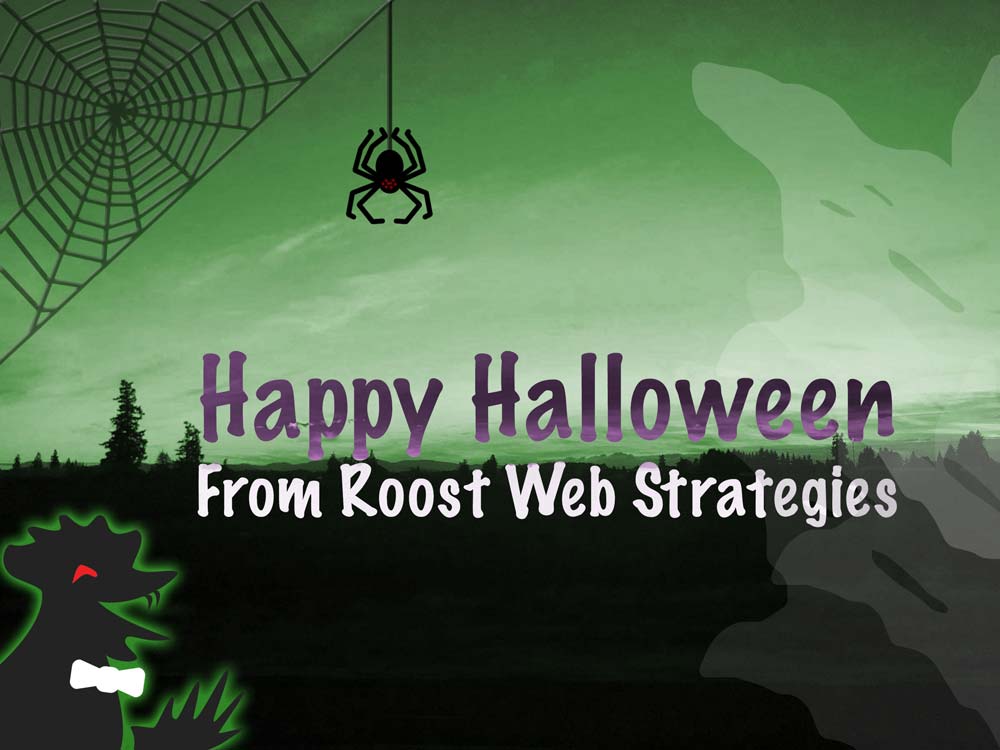If you’re concerned about website security, you’re not alone. Fortunately, there are a few simple steps you can take to improve your website’s security.
Use SSL to Encrypt Your Website Traffic
Make sure that your website uses and enforces SSL (Secure Socket Layer), which means that your site has a security certificate installed and that your website’s inbound and outbound traffic is encrypted. SSL can make it more difficult for hackers to “sniff” sensitive information like logins, passwords, credit card numbers, and other sensitive information. Fortunately, it’s usually pretty easy to get and install a certificate (and there are free options) on most hosts.
Install Security Software
Install a plugin like WordFence or iThemes Security to monitor your website for things like brute force hack attempts, software vulnerabilities, compromised passwords, DDOS attacks, and all kinds of unpleasant tricks. WordPress has a variety of security software options, but every content management system (CMS) will have options, often both free and paid.
Use Two-Factor Authorization
Two-factor authorization requires more than just a password, such as a text to your cell phone, or an email with a code to help confirm your identity. This will help prevent hackers from simply guessing your password and breaking into your site. If they don’t have that secondary access, they are far less likely to get in.
Enable Auto Updates
Update security holes in the software regularly. We recommend doing it no less than every two weeks. Enabling automatic updates is an excellent way to ensure that your site is up to date, even if you don’t regularly log in.
Take Regular Backups
Backups are essential in case your site gets hacked or something goes wrong during an update cycle. If you have a recent backup, you can often simply “roll back” to that previous backup, so that your site loads while you try and figure out what went wrong or how someone hacked in. Research plugin options and choose one that will backup your site without you even having to think about it.
Invest in a Hack Detect and Restore System
If hackers do succeed at accessing your site, a lot of hosts offer an intrusion detection and automatic hack restoration service. These are often very inexpensive and well worth the money. Cleaning up a hacked site is embarrassing and not fun in any way.
Use Complex Passwords
When creating a password, use no less than 12 characters, and if at all possible, use a combination of upper and lowercase letters, numbers, and symbols. A good option is to use a password manager like LastPass or 1Password. You only have to remember a single password, and it remembers all of the others, but keep that password super secure and change it frequently!
Change Your Passwords Regularly
Experts recommend changing your password quarterly. If you have two-factor authorization enabled, you could probably push that a little, but updating your password is never a bad idea. If it’s been longer than six months since you’ve changed your website administrative login password, you should update it right now!
If you need help making your website more secure, you’re welcome to reach out to us for a chat.
Happy hauntings this Halloween, friends!

